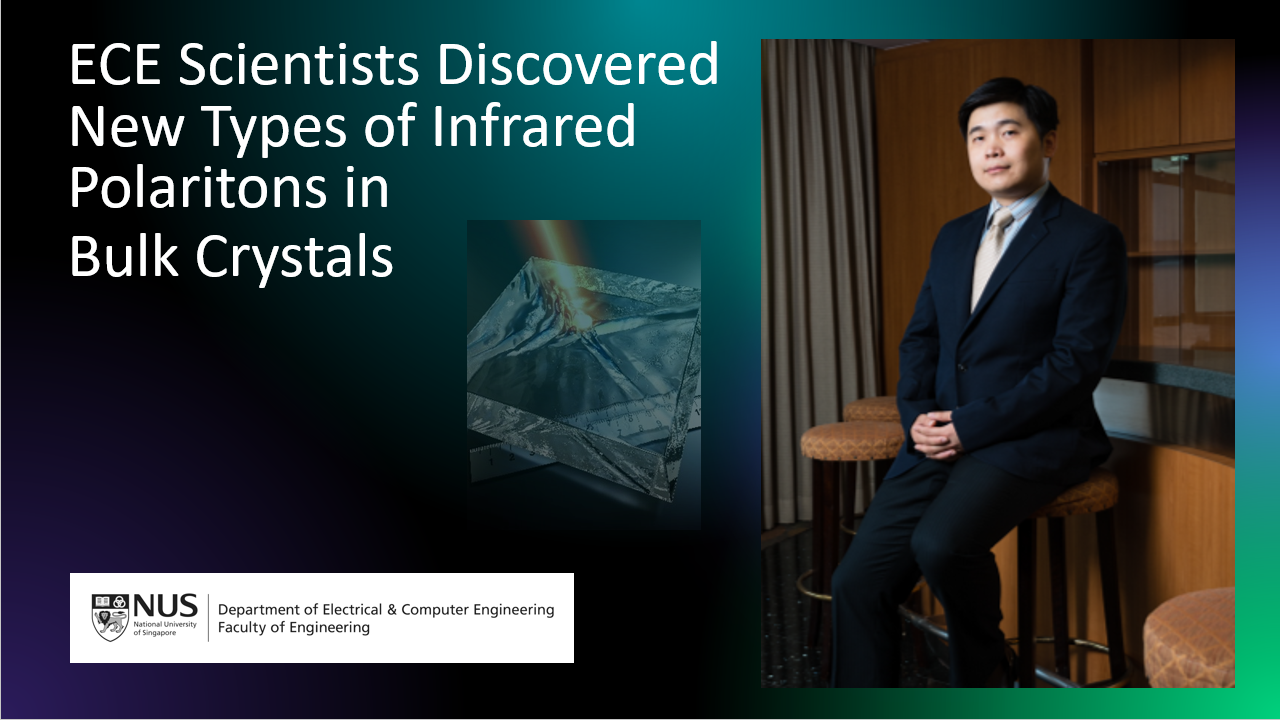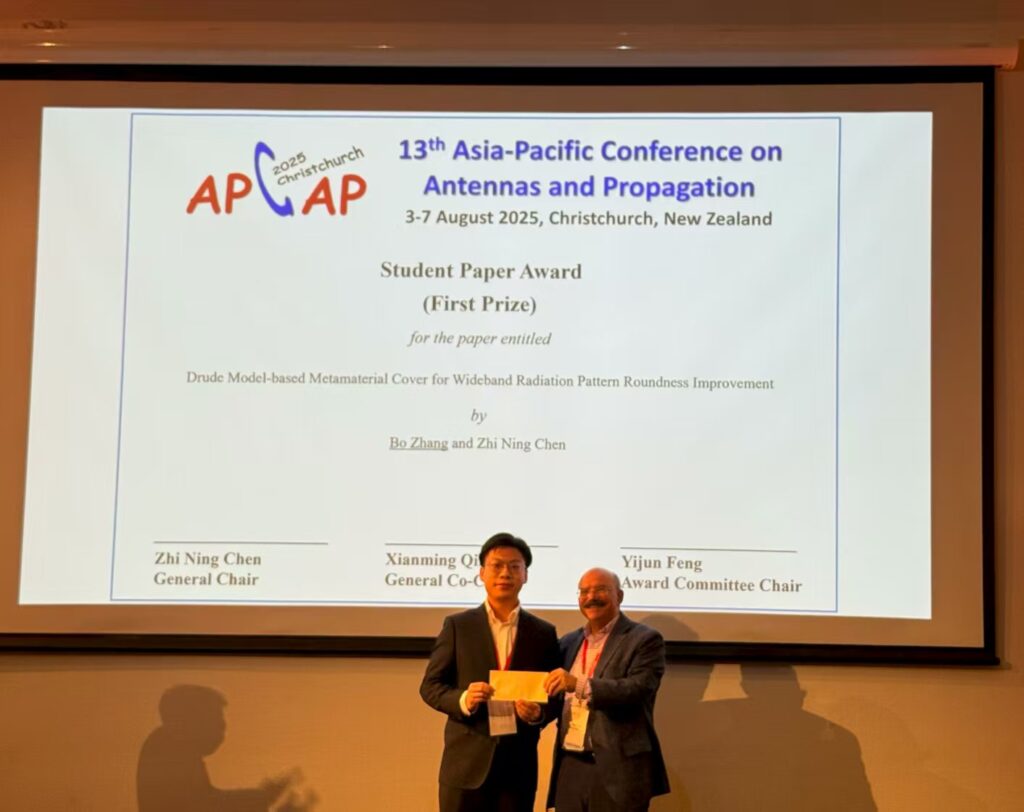Nanophotonics in infrared and terahertz (THz) frequencies remains elusive, due to the lack of efficient material platforms for tailorable light-matter interactions in those frequencies so far, until recent discovery of emerging van der Waals nanomaterials such as graphene, hexagonal boron nitride, alpha-phase molybdenum trioxide (α-MoO3) and others. Those media present plasmon and phonon polaritonic responses to highly confine the infrared and THz light at nanoscale, promising for various infrared and THz nanotechnologies. However, demanding nanofabrication of those nanomaterials largely limits the large-scale nanophotonic devices based on them.
Publishing in Nature on 18th August 2021, a recent result led by NUS researchers have revealed a new possibility to tailor the polar bulk crystal with an example of calcite for infrared nanophotonics. Calcite has been well known for its uniaxial optical anisotropy, where the birefringence was recorded in 1669. This new research has demonstrated the surprising infrared hyperbolic phonon polariton response in bulk calcite. More interestingly, a so-called ghost polaritons, a new type of surface mode solution of Maxwell equations that features the complex out-of-plane momentum, is totally different from any observed polaritons so far.
“We feel so thrilled to find a ‘new’ solution of Maxwell equations even after its discovery of 150 years which features the complex out-of-plane momentum. And more beautifully, this is actually sustained in a such well-known crystal that we previously thought we could not be more familiar to. With recent nanotechnologies, we can use the scattering-type SNOM to directly map them in real space, and found the record-long distance of propagation at room temperatures thanks to low loss of calcite, which is very promising the on-chip lensing, circuits, sensing and other technologies.” says Dr. Guangwei Hu, the co-first author of this paper and a research fellow from ECE department of NUS.
Further commented by Associate Professor Cheng-Wei Qiu from the Department of Electrical and Computer Engineering, “This type of new polaritons can be tuned by its optic axis out of plane, which, considering our recent findings of configuring in-pane optic axis to tune polaritons (Nature, 2020), complements the manipulations of polaritons by the optic axis. We strongly believed this will stimulate the exploration of new science and technologies of optical crystals and facilitate the large-scale and mass-producible infrared and terahertz nanophotonic chips and devices.”
The work represents another breakthrough from the team of Prof. Qiu Cheng-Wei since their seminal work published in Nature last year. This work is in collaboration with Huazhong University of Science and Technologies, National Center for Nanoscience and Technology and City University of New York. NUS Researchers are funded by NRF CRP award, ARTIC and AME YIRG programme.
Ma, W., Hu, G., Hu, D., et al., Ghost hyperbolic surface polaritons in bulk anisotropic crystals, Nature, 2021. https://doi.org/10.1038/s41586-021-03755-1
Hu, G., Ou, Q., Si, G. et al. Topological polaritons and photonic magic angles in twisted α-MoO3 bilayers. Nature 582, 209–213 (2020). https://doi.org/10.1038/s41586-020-2359-9






